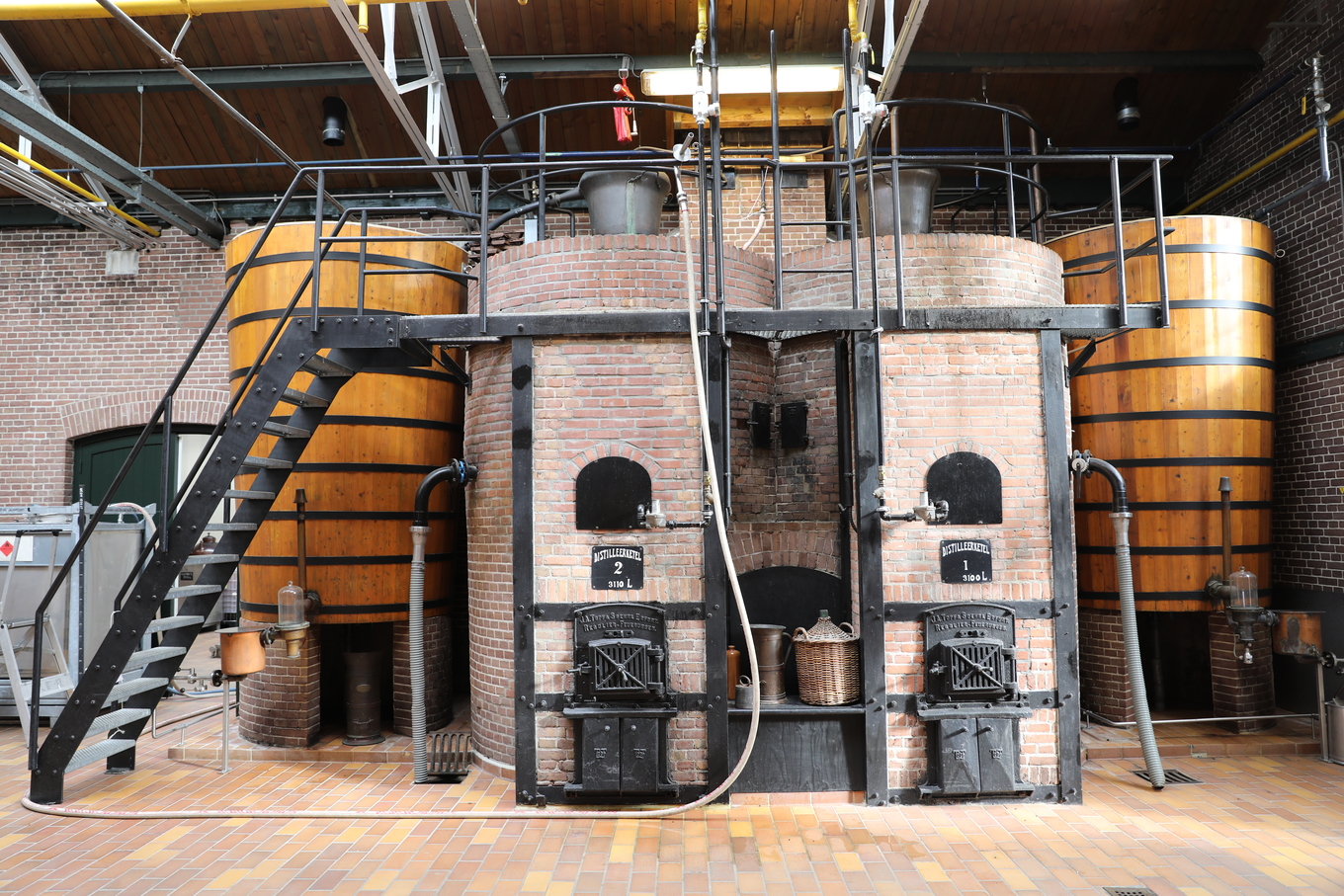
How it's made
Words by Simon Difford
No.3 Gin was conceived by the world's oldest wine and spirits merchants, London's Berry Brothers & Rudd, who sought a respected authority to develop the recipe for their new gin.
Enter, Dr David Clutton, a scientist by training with decades of experience in the nuances of gin and the only person to have a gin PhD as the author of a thesis examining the flavour elements of gin and how each botanical contributes to the overall taste.
Recipe & botanicals
David was briefed to create a super-premium gin reflecting Berry Brother's heritage and the core attributes of a classically styled London dry gin. Importantly, he was also tasked that the new gin should make the world's best G&T and Dry Martini.
Like all good classic gins, David wanted to keep the list of botanicals quite short, as he says, "you don't need a whole host of botanicals to make a gin taste good." No.3's recipe is based on really top-quality juniper sourced from Italy, overlaid with coriander, a vital component to most classic gins as it contributes a citrusy, spicy overtone. Angelica root, another classic botanical, is also important to give the dryness associated with a traditional London dry gin.
Uplifting citrus notes come from sweet orange peel and grapefruit which David says "is great because it adds some astringency to the palate, and you get a good citrus, acidic and slightly bitter aftertaste." Finally, cardamom, "gives you a great spicy and full of Eastern promise gin."
No.3 Gin's six botanicals
- Juniper Berries from Italy
- Coriander from Bulgaria
- Angelica root from Poland
- Orange peel from Spain
- Grapefruit peel from Uruguay
- Cardamom from Guatemala
Distillation
The botanical recipe decided, Berry Brothers looked for the best distiller to make their gin and so teamed up with De Kuyper in the Netherlands.
Founded by Johannes de Kuyper in 1695, De Kuyper Royal Distillers is the 9th oldest family business in the Netherlands. A fitting partner for Berry Bros. & Rudd, itself established just three years after De Kuyper in 1698. Both companies remain family businesses controlled by descendants of their founders so are both companies with long-term visions.

The antique 3,100 litre Distilleerketel 1 which dates from 1911 in which No.3 Gin is made
De Kuyper was also chosen due to its vintage juniper still which dates from 1911 and which is now dedicated to only making No.3 Gin. This copper pot still, enclosed in brick to help insulate it, was originally built to distil genever so has helmet designed specifically to extract flavours from juniper berries. Originally directly heated by burning coal underneath, this antique still now has a steam-heated copper serpentine added in 1981 which is not only a cleaner fuel but allows more control over how the heat is applied. With this in mind, a modern temperature probe has also been added, although the still remains manually controlled.

Now disused coal furnace beneath Distilleerketel 1
The still is charged with wheat neutral spirit, water and then the six botanicals carefully weighed and tipped into the still where they are left to infuse in the alcohol (at around 60% alc./vol.) for a 16-hour steeping period, usually overnight. All the botanicals are distilled together, according to the traditional London dry method. This is crucial as distilling together (rather than separately and then blending) allows the botanicals' essential oils to interact during distillation.

Botanicals floating on the surface of the spirit in the still at the start of the 16-hour steeping period

The antique genever helmet is placed onto on the still and sealed in place
When the temperature in the still reaches 81 to 82°C the vapours start to rise into the genever helmet at the top of the still and eventually up into and across the lyne arm to the condenser. The condenser is also vintage and is a traditional wooden worm tub with a copper worm, the type of now rare condenser beloved by malt whisky aficionados.

Lyne arm rising from genever helmet directing vapour to the worm-tub condenser
This spirit flows from the condenser into the glass dome covered eprouvette which enables the distiller to monitor the spirit run to assess when to make the all-important cuts from heads to heart and from heart to tails.

Wormtub condenser and glass-domed eprouvette
The precious heart distillate is around 76% alc./vol. and this is rested in a 5,500 litre stainless-steel tank which unusually is underground to ensure a consistent temperature. Finally, the distillate is blended and reduced to bottling strength with demineralised water.







